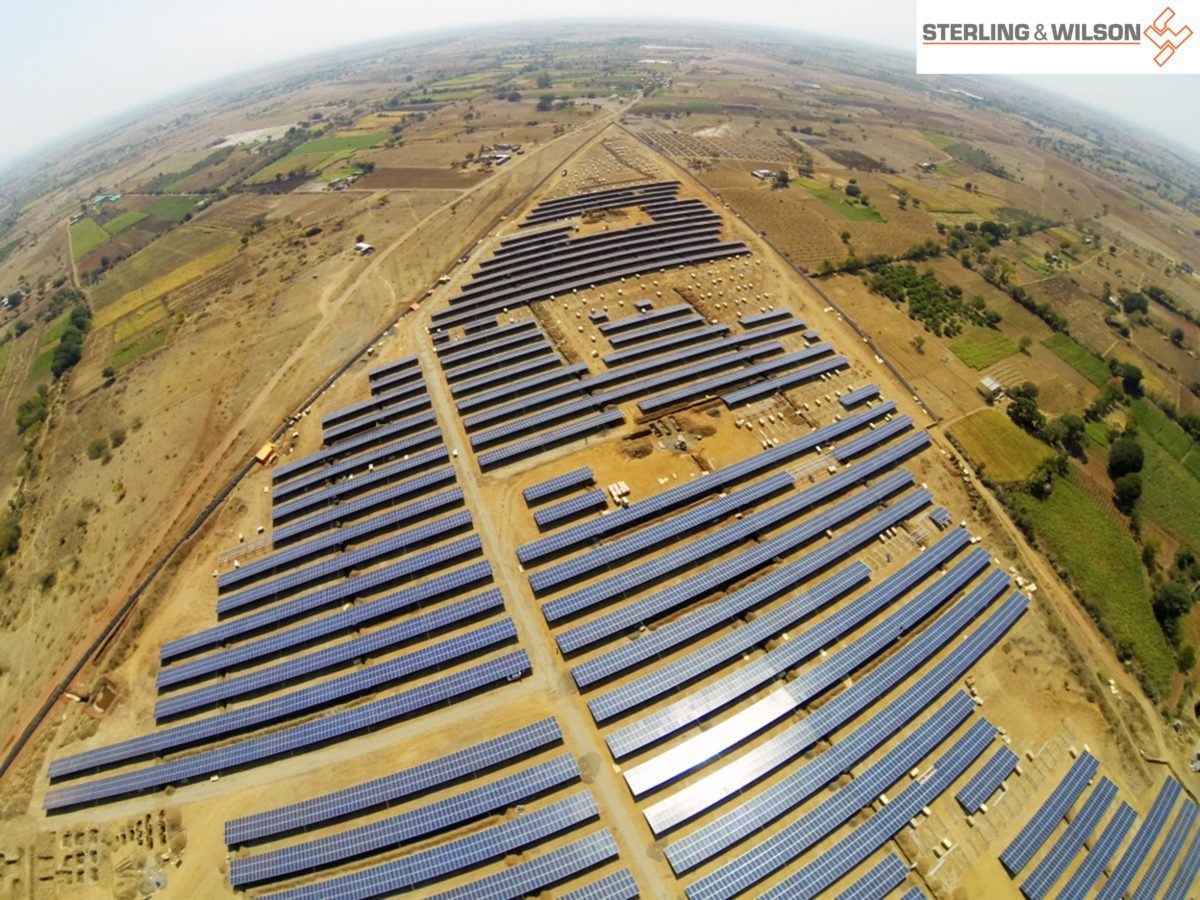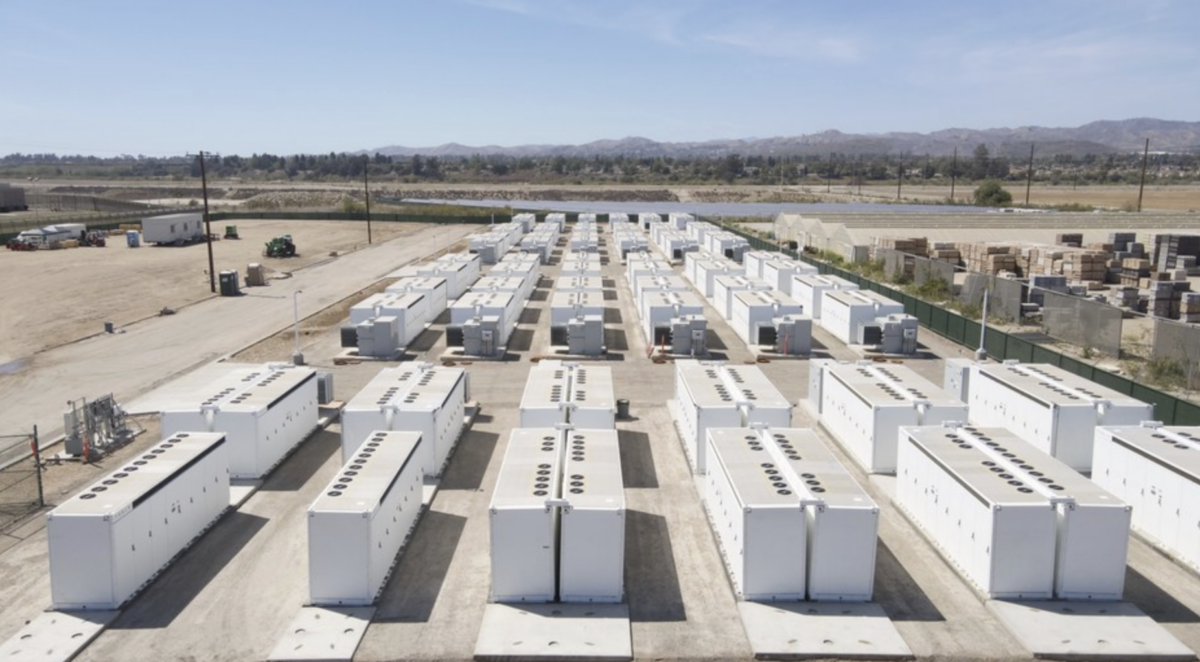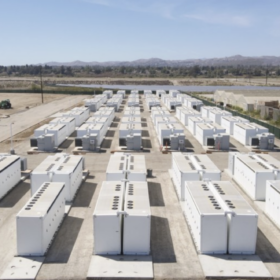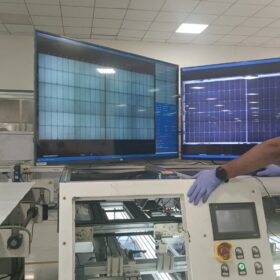A new report by the Institute for Energy Economics and Financial Analysis (Ieefa) and JMK Research & Analytics finds it unlikely that India – or indeed other countries – will overtake the Gulf region to provide the world’s cheapest solar power in the near term.
Recent record-low tariffs in Abu Dhabi, Dubai, Saudi Arabia, and Qatar are the result of a lower cost of US$ denominated, long-dated financing, major tax concessions and other factors driving prices down in the region, according to the report’s authors Vibhuti Garg, Energy Economist at Ieefa and Jyoti Gulia, JMK Research Founder and Shilpi Jain, JMK Research Director.
“India and other countries will struggle to secure the same low tariffs discovered in the Gulf auctions,” said Garg.
The Gulf region has achieved tariffs in the range of US¢1.35-1.80/kWh and Portugal hit another new record low level with the tariff discovery of USc1.32/kWh in the recent bid at a 700MW solar energy auction on 24 August 2020.
India’s tariffs, whilst some of the lowest in the world, are in the range of US¢3.14-3.25/kWh – almost double those of the Gulf region.
Factors
Garg said, the economic, tax, and financial makeup of each country plays a direct role in determining tariffs.
“It would be extremely difficult for the Indian market to replicate the combination of factors leading to low solar tariffs in the Gulf region. In fact, with solar modules facing permanent Indian import duties, this will widen the tariff differentia versus the Gulf.”
“India’s solar power tariffs hit a record low of ₹2.36 per unit (US¢3.14/kWh) in June 2020, with zero inflation indexation locked in for 25 years – like the Gulf tariffs,” said Gulia.
“Despite India’s record lows, the Gulf’s cheaper tariffs are mainly due to lower financing costs.”
“This includes long-dated loans at very low-interest rates; no corporate taxes; negligible duties on equipment costs; long-term income tax holidays on the sale of power; low or negligible land costs for solar projects; and lower return on equity (ROE) expectations.
“Other factors, such as higher capacity utilization factor on account of high solar intensity and technological advancements in modules, whether trackers and robotic cleaning systems (leading to less soiling losses) have been installed, also have an impact.”
Outlook
The report authors, however, estimated tariffs in India will continue to fall over the coming decade, making solar an increasingly more competitive source of electricity generation.
“The ongoing technological development of solar combined with ever larger factories driving economies of scale means solar tariffs will continue to see 5-10% annual declines over the coming decade in India,” Garg said.
Co-author Gulia said this reflected a broader trend in recent years of falling renewables prices worldwide and the ever-stronger competitiveness of solar against incumbent fossil fuel alternatives.
This content is protected by copyright and may not be reused. If you want to cooperate with us and would like to reuse some of our content, please contact: editors@pv-magazine.com.









How low a tariff is needed to set the world “on fire”…. at $c1-2/Kwhr…. is it REALLY WORTH metering, tracking/following up payments or “keeping the paperwork” etc…. any longer…????
Yes, it appears, those days of (nuclear) energy ….. too cheap to meter …. maybe upon us soon…
Now if ALL THIS is due to Govt. Subsidies.. why not just Subsidise…. EVERYTHING …. then giving it all away “free” to THE PEOPLE
… and then make it a Fundamental Right too…. like the Right to Life etc..
Is this GOOD or BAD… that is the question…!!!!
The answer my friend ..
Is Blowing in the Wind…
The answer …
Is Blowing in the Wind…..
What about the irradiation effect? A solar panel in the Gulf should generate much more power than the same solar panel in average India! Generation obviously also drives Unit price.
Comparing apples and oranges is not good! 🙂